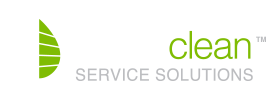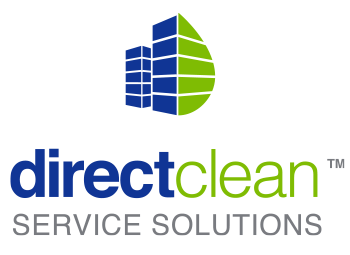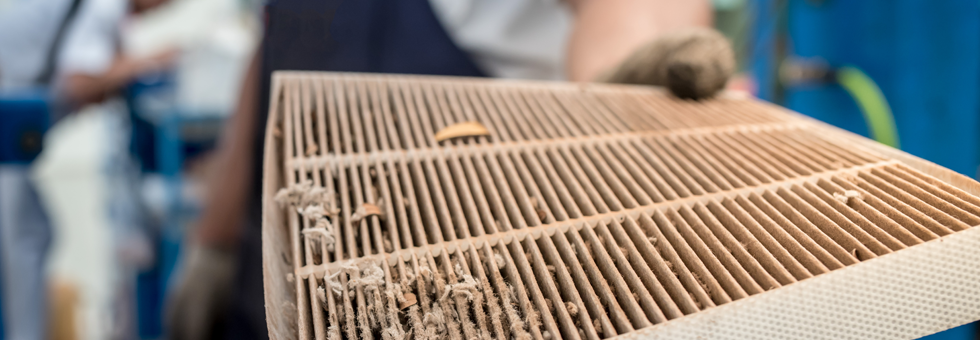Every second of every day, air is the invisible fuel that keeps us all moving. Interestingly, the quality of our air is literally inescapable. Since we can’t control the outdoor air, but we can influence aspects of our indoor air, we’re going to look at 3 key aspects of indoor air quality to think about whenever you want to improve indoor air quality in homes and businesses.
The 3 Keys
There are three fundamental aspects to consider when addressing issues concerning your indoor air quality. These three keys cover the entire cycle of assessment and action steps.
Test
Testing your indoor air quality for common & dangerous gasses, particulate matter, and animal matter.
Ventilate
Ventilate your indoor air by creating a flow of air within your indoor spaces as well as a balance between your indoor air and “fresh” air from the outside.
Clean
Maintenance and ongoing removal of sources of common & dangerous gasses, particulate matter, and animal matter.
Testing Indoor Air Quality
For the vast majority of us, testing our indoor air quality is the barrier of entry for an air quality maintenance plan. It can be expensive to get all of the equipment needed to test for specific gasses and particulate matter.
According to the CPSC (the US Consumer Product Safety Commission), these are the most important things to test around/for:
- Radon (Rn)
- Environmental Tobacco Smoke (ETS)
- Biological Contaminants
- Stoves, Heaters, Fireplaces & Chimneys
- Household Products
- Formaldehyde
- Pesticides
- Asbestos
- Lead
Direct Clean can help to evaluate and test your family residence or your business location for these contaminants and many more. If you would like to read more about what you can do to improve your indoor air quality, you can check out the CPSC’s work here.
Ventilating Indoor Spaces
Indoor ventilation is practically an art form, and according to the CPSC:
If too little outdoor air enters a home, pollutants can accumulate to levels that can pose health and comfort problems.
Luckily for you, Direct Clean has a (not so well kept) secret: we know a LOT about ventilation. We get our knowledge from years in the trenches of disaster clean up techniques and technologies. After all, cleaning up ground-level areas after a flood or hurricane is a significantly more challenging working situation compared to a typical home or office. We bring this expertise to your spaces.
What you need to know, is that outdoor air can enter and leave your spaces through three basic methods: infiltration, natural ventilation, and mechanical ventilation. The rate that outdoor air replaces your indoor air is called the Air Exchange Rate (AER). So if we put all of that together, basically poor infiltration and/or poor ventilation have low enough Air Exchange Rates to cause pollutant buildup. That’s bad!
What’s good is increasing the space’s AER, by using windows and doors strategically, controlling infiltration seepage (through cracks and walls for example), and using great tools like commercial Air Movers to figure out the best places to install fans, screens and any other ventilation-focused tooling.
Cleaning Indoor Spaces
Some guy on the Internet said we know a thing or two about cleaning. Although you can’t believe everything you read in the Internet, you can believe that guy. Here at Direct Clean, we pride ourselves on knowing how to clean for over 30 years and counting. And guess what? We’ve been focused on surface AND air cleaning for that entire time!
Surface cleaning is a mandatory component when addressing indoor air quality. But additional thinking, experience, and tools are needed to make true gains in air quality. The CPSC recommends full surface cleaning at least twice a week, and even more for highly trafficked areas.
But while being cleaned and for some time afterwards, ventilation becomes the focus and the hero of the day. With our commercial Air Movers, this part becomes trivial. At a home or office without these tools, what you’ve got is a mold and mildew magnet.
And finally, the act of cleaning needs to balance the cleaning chemicals used with our three keys of indoor air quality in mind, too. This is exactly why we use more modern “green” cleaning solutions. Even though they cost more, less caustic cleaning tools not only help to deter pollutants when in use, but also pose significantly less risk to the air quality… after the cleaning is done!



